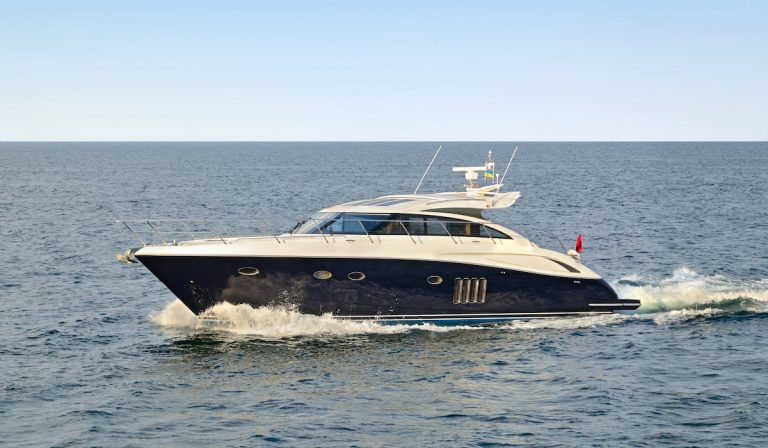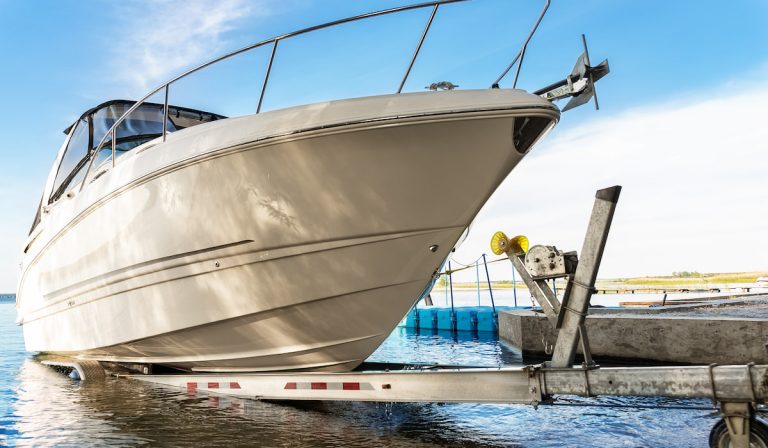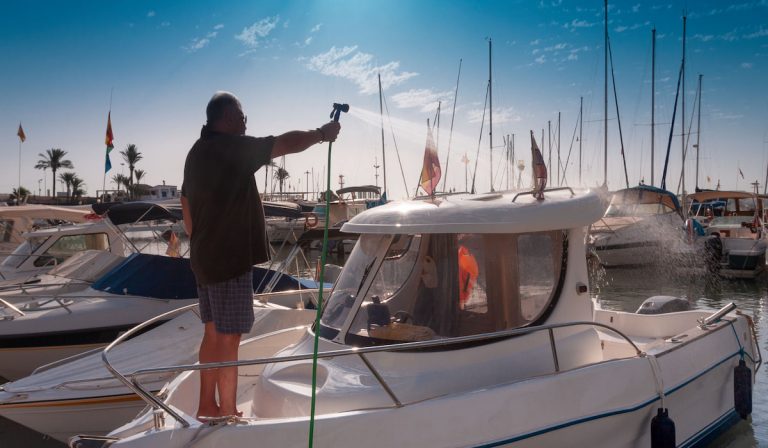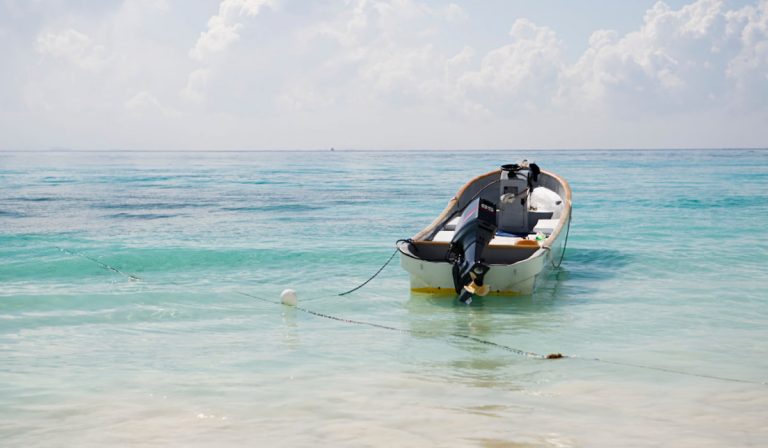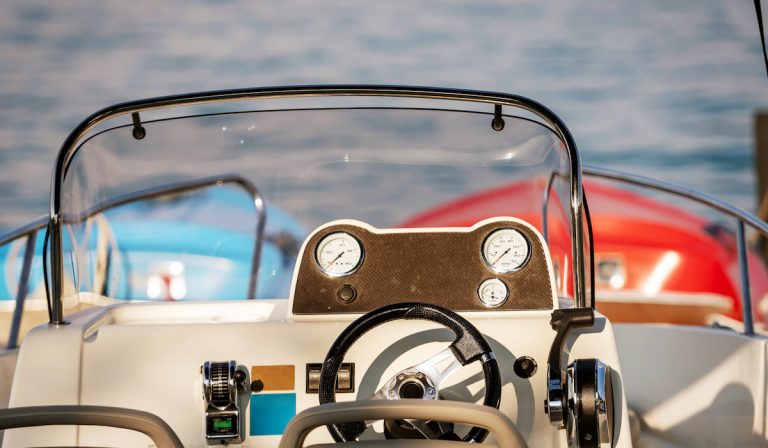Can You Dump GREY Water in a Marina?
If you’re lucky enough to have or are thinking of buying a boat with a sink, kitchen, or bathroom, then you’re going to have to deal with grey and black water issues. Depending on the size of your boat, you probably have some sort of grey water and black water holding tank.
The holding tank gathers up the waste and water you generate while you’re out on the water. But what happens after the tanks start to get full?
Well, you’ve got to dump it.
Where you can dump and how you do it can be a bit tricky. More and more places are placing restrictions on dumping in open waters.
As a boater, you’ll need to do some research on what you can and can’t do in each place you visit. Running afoul of local regulations can lead to fines and other penalties if you dump in the wrong place.
Can you dump grey water in marinas? That’s often your best bet, but you should check first to make sure the marina provides those services. Not every place you dock will have dumping services, so if you need to dump, you may have to go elsewhere.
Here’s some helpful information on how to handle grey water on your boat and whether a marina is the best place to dump.
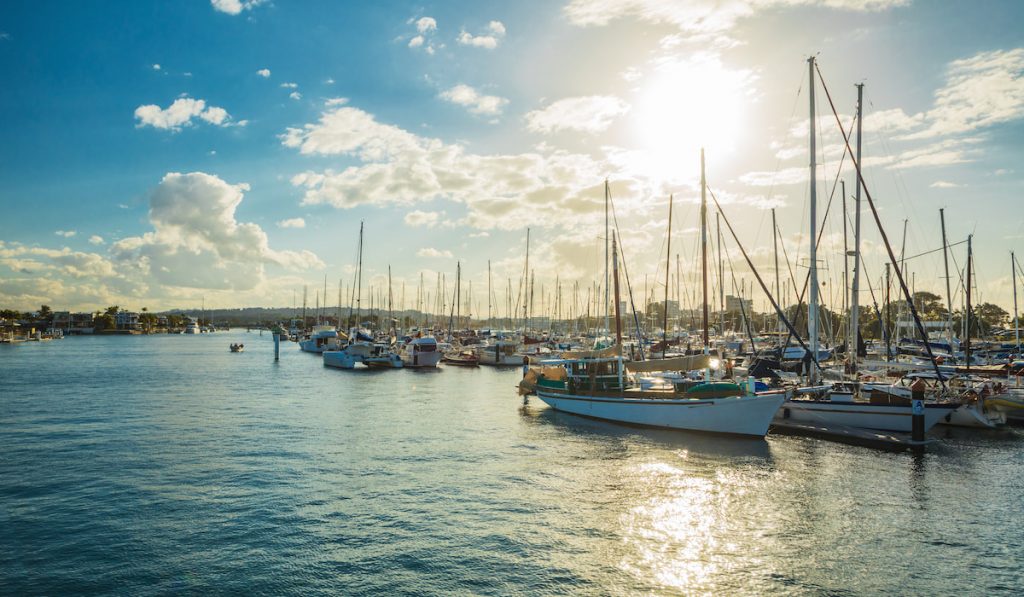
Dumping Straight Into the Marina
Years ago, you could dump grey water while you sat in a marina. Now, it’s not so universal. Some places still allow grey water dumping in marinas and other crowded areas, while others restrict it. Some states classify grey water the same as sewage and have regulations on where and how you can dump.
The concern is that the water is mixed with soaps and other detergents, and may affect wildlife in the lake, ocean, or wherever else your boat is located.
This isn’t everywhere, mind you, and there are plenty of locations where you can take a shower or use the kitchen sink and dump straight into the water around the marina.
Of course, before you do that, you should check with the marina to make sure. The last thing you want to do is dump grey water at someplace that you’re visiting and find out it’s against the rules.
Finding Marinas with Pump-out Facilities
If your tanks are full and you’re somewhere that restricts dumping grey water in marina areas, then you will need to look for a marina with pump-out facilities where you can empty your tanks.
With full tanks and restrictions on dumping, doing things like showering, using the sink for food prep, and washing the dishes can be a big pain. You’re going to need to do something with your grey water.
Thankfully, finding a place with facilities is easier than ever. Almost every marina will have a website, a Facebook page, or a listing on google where you can see whether they have the facilities they need. If you can’t find the information online, you can always pick up the phone and call to find out.
If the place you’re calling doesn’t have what you need, they can likely point you in the right direction to where the nearest pumping services are.

Tips On How to Reduce Impact of Grey Water
Grey water certainly isn’t as damaging to the environment as black water, but it still isn’t the best thing to just dump into the ocean or lake you’re in.
Any chemicals you put into the water are going into what can be very delicate ecosystems. It can impact the wildlife there long-term.
Here are some ways you can reduce the amount of grey water you generate and its impact on the environment:
- Buy low-flow fixtures – Some showerheads and faucets better control how much water you’re using. It may not be as convenient to scrape old food off of a plate that was left out overnight, but you’re going to save water onboard and won’t have to empty your tanks as often. Installing on-demand sink nozzles also saves water from staying on while you’re doing chores.
- Install sink strainers – the food chunks you scrape off of dishes get into the grey water and make it more contaminated. Fish will eat that food, and it’s not always the most healthy thing for them. Installing sink strainers is a simple thing you can do to catch the food scraps and toss them in the trash.
- Do laundry and take a shower onshore – Simply saving water is another way to cut down on grey water and avoid dumping as often. Whenever possible, keep your showers, laundry, and other high-water use chores to when you’re onshore and can use fixed facilities.
If you’re on the boat, odds are you are going to be in and out of the water all of the time, so you probably don’t need to take as many showers. And, you’re going to be in your swimsuit every day, so who needs clean laundry, right?
- Use non-toxic cleaners – The cleaners you use and the chemicals in them will also affect how toxic your grey water is. Do some research before you buy products. Boat supply stores often sell cleaning products meant for dumping in the water, so you can have peace of mind knowing you’re not polluting the area.
Only Dump When You’re 3 Miles Offshore
If you want to be as safe as possible, and you have to dump your grey water, then you should wait until you’re at least three miles offshore to do it. In places with restrictions on grey water dumping, they often say that three miles is the minimum distance for when dumping is allowed.
Whenever you’re boating in a new area, you should always take the time to read and understand the rules around grey and black water management. When in doubt, save it for the pumping services at a marina nearby. You’ll avoid any fines and save yourself any headaches from dealing with the authorities.



